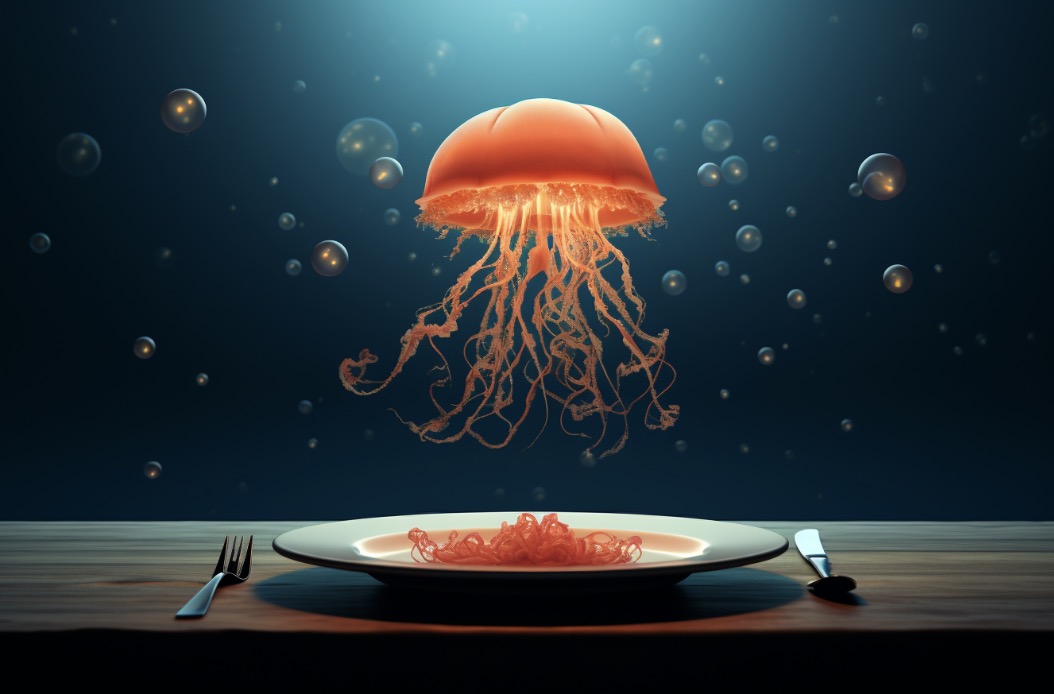Sand dollars are fascinating creatures that have captured the attention of many people.
Yes, a sand dollar is an echinoderm. It belongs to the class Echinoidea within the phylum Echinodermata, which also includes sea stars, sea urchins, and sea cucumbers. Sand dollars are marine animals characterized by their flat, round, and rigid skeleton, known as a test, which is covered in short spines. They inhabit sandy or muddy coastal areas and feed on organic particles found in the sediment.
They are often collected as souvenirs and used as decorative items.
However, many people are unsure whether sand dollars are echinoderms or not.
In this blog post, we will explore the question “is a sand dollar an echinoderm?” in detail.
What are Echinoderms?
Echinoderms are a phylum of marine animals that have radial symmetry, a water vascular system, and an endoskeleton made of calcium carbonate. They include sea stars, sea urchins, sea cucumbers, and other similar animals.
What is a Sand Dollar?
Sand dollars are flattened, disk-shaped echinoderms that are found in sandy ocean bottoms. They have a rigid, flattened, and circular body that is covered with short spines.
They are also known for their distinctive five-pointed star-shaped pattern on their bodies.
Evidence that Sand Dollars are Echinoderms
There are several pieces of evidence that suggest sand dollars are echinoderms:
1. Radial Symmetry: Like all echinoderms, sand dollars have radial symmetry. This means that they have a central axis around which their body is arranged. They have five sets of paired rows of tube feet that extend from the center of their body to the edges, which is a clear indication of radial symmetry.
2. Water Vascular System: Sand dollars have a water vascular system, which is a characteristic feature of echinoderms. This system is composed of a series of fluid-filled canals that allow sand dollars to move and regulate their internal environment.
3. Endoskeleton: Sand dollars have an endoskeleton made of calcium carbonate, which is another characteristic feature of echinoderms. This endoskeleton provides support for their body and protects their internal organs.
Differences between Sand Dollars and Other Echinoderms
Although sand dollars share many characteristics with other echinoderms, there are some differences between them:
1. Body Shape: Unlike most other echinoderms, sand dollars are flattened and disk-shaped. This body shape allows them to burrow into sandy ocean bottoms and hide from predators.
2. Spines: Sand dollars have short spines that cover their entire body, while other echinoderms have longer spines that are used for protection and movement.
3. Feeding Habits: Sand dollars are filter feeders that use their tube feet to capture plankton from the water. Other echinoderms have different feeding habits, such as sea stars that prey on other animals.
Conclusion
In conclusion, sand dollars are echinoderms. They share many characteristics with other echinoderms, such as radial symmetry, a water vascular system, and an endoskeleton made of calcium carbonate.
However, they have some unique features, such as their flattened body shape and short spines. Understanding the relationship between sand dollars and other echinoderms can help us appreciate the diversity of life in the ocean.




